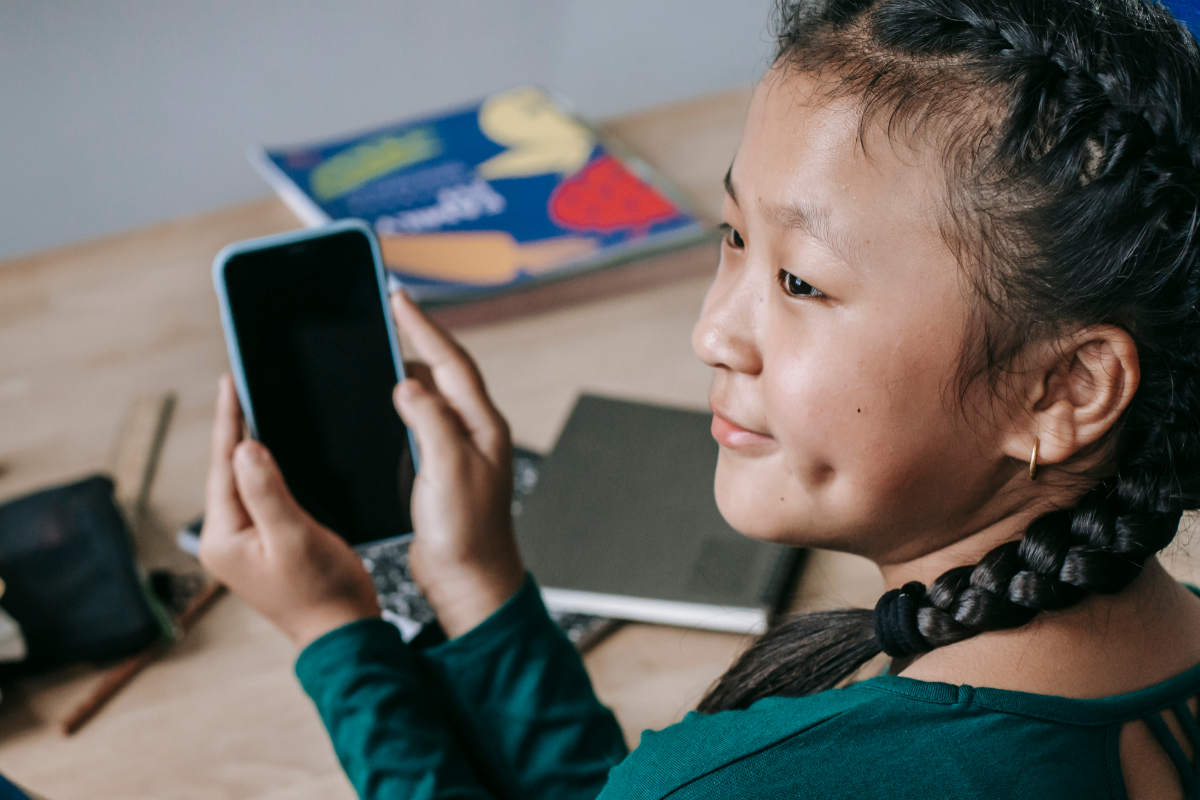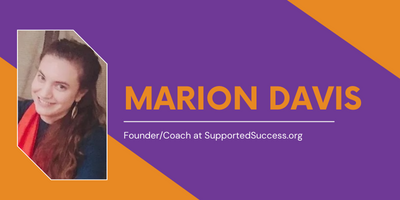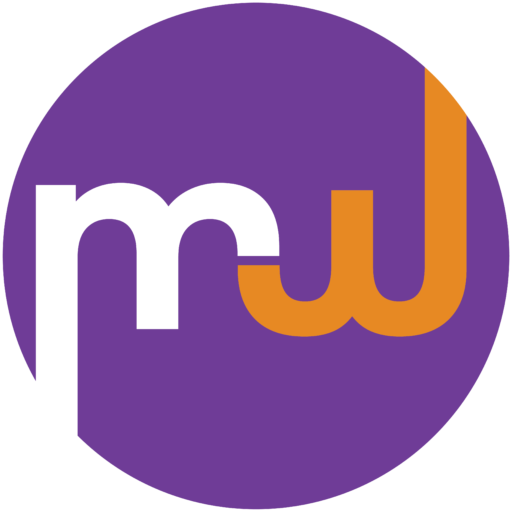Self-directed learning is an educational approach where the learners determine what and how they will learn. This may sound disorganized, but it is not. While self-directed learning shifts the focus from teacher to student, classroom instructors still play an important role in classroom management.
The benefits of a virtual classroom with self-directed learning include:
- Equipping the students with tools for self-directed learning
- Equipping the teachers with tools to manage the classroom
Which Tools Can Support Self-Directed Learning in the Virtual Classroom?
There are many forms of educational software that are ideal for K-12 self-directed learning. One example is Duolingo, a free language-learning app. It is one of the many apps that allow students to learn at their own pace. On Duolingo, students can choose to learn from over 30+ languages. They can progress through each section individually.
Some apps contain online mini-lessons. For example, the mini-lessons on Khan Academy and the Khan Academy for Kids for ages 2-8 provide mini-lessons. These mini-lessons allow students to personalize their learning and fill in gaps in knowledge.
The writing process is often overwhelming for many students, but apps can guide students from creation to revision. Thesis statement generators help learners develop an argument. Outline makers allow students to type in sentences in accordance with essay standards. Revision apps like Grammarly use intelligent software to review and provide feedback to text.

Which Tools Can Support THE Management of Self-Directed Learning in the Virtual Classroom?
Teachers take a step back when the virtual classroom becomes student-centric. While the students are determining their own learning paths, the teachers must ensure that the students stay on track.
Learning management systems (LMS) are already widely in use for the virtual classroom. Google Classroom and Schoology are two popular LMS platforms for K-12 education. These apps offer many different tools, including discussion forums and assessments. Teachers can assign deadlines for projects. They can also be available to their students for questions.
Time management is an important skill. myHomework is a student planner app that teachers can implement to support students in learning how to manage their time, keep track of tasks, and submit work by deadlines.
Teachers can also oversee the peer feedback process. Peergrade is an online platform where instructors can facilitate interactions between peers so that the students can learn from each other. This resource allows teachers to assign work anonymously to other students for in-depth evaluation.
final thoughts
A self-directed approach supported by the virtual classroom enables students to make the most of their time and make their learning experiences personally meaningful. The teacher becomes a facilitator of the individualized learning experience, giving students access to resources and guiding students to stay on track.

MindWorks Collaborative would love to invite you to learn more about interrupting the Model Minority Myth. Join future conversations on this topic by signing up for our community of justice-driven special educators here and sign up to get alerts for our next roundtable.



Recent Comments